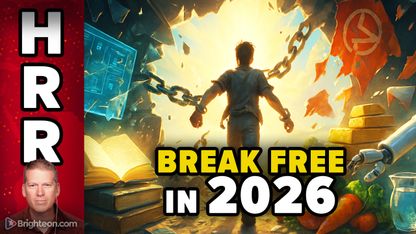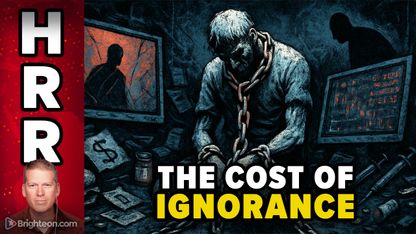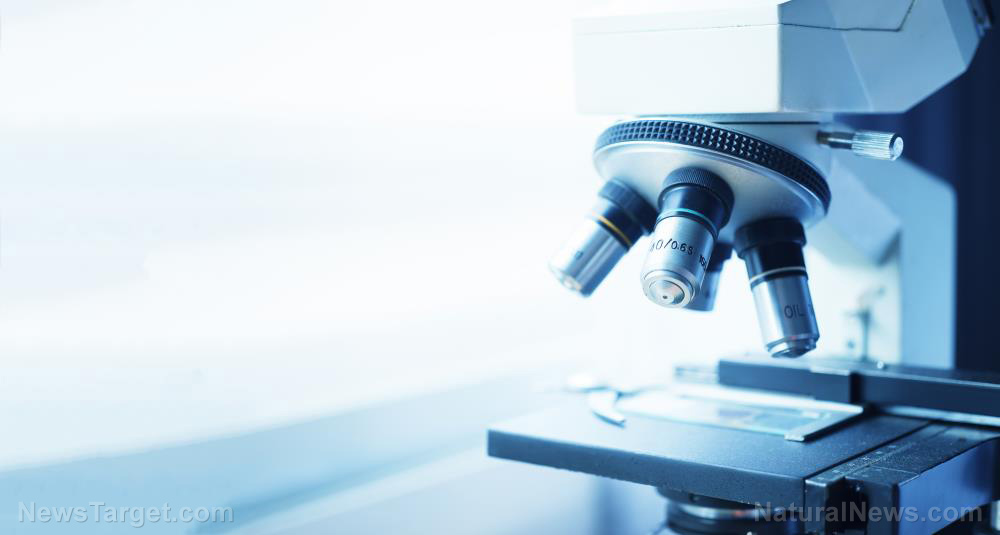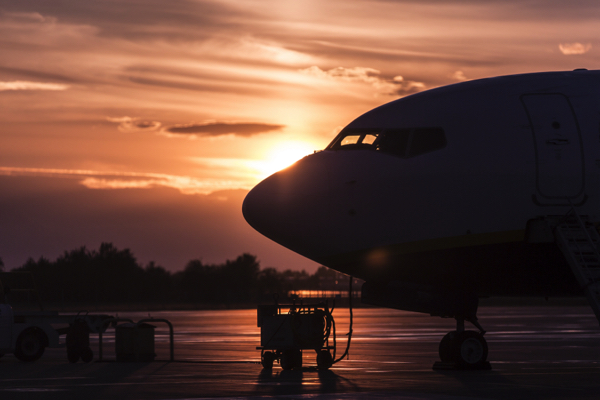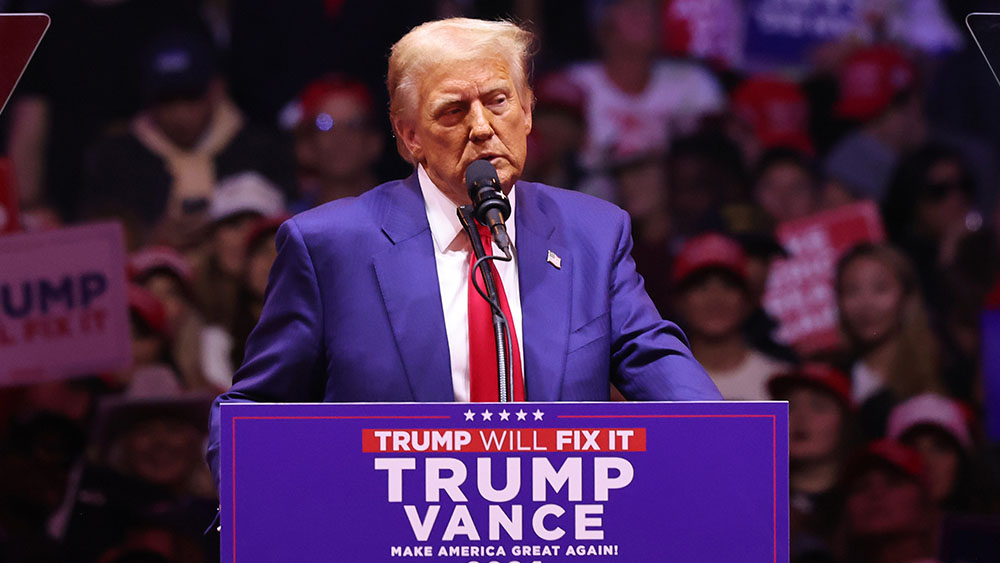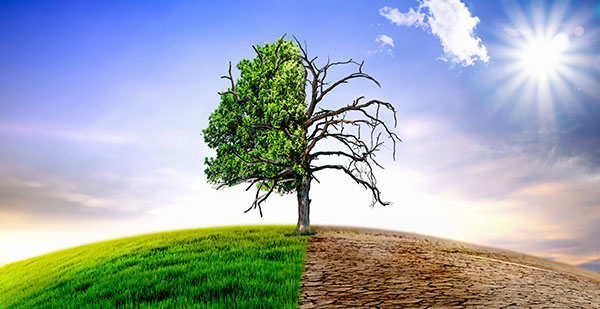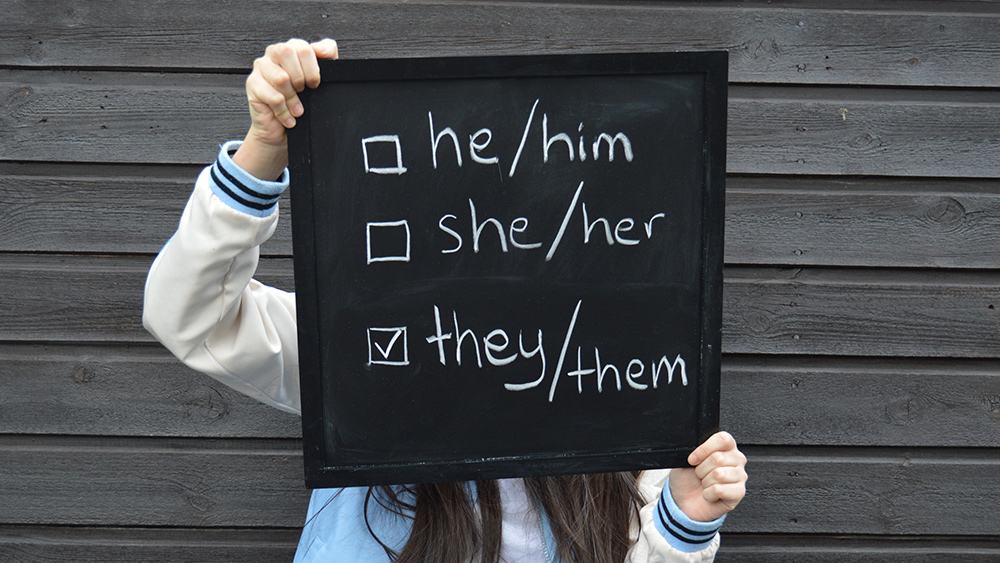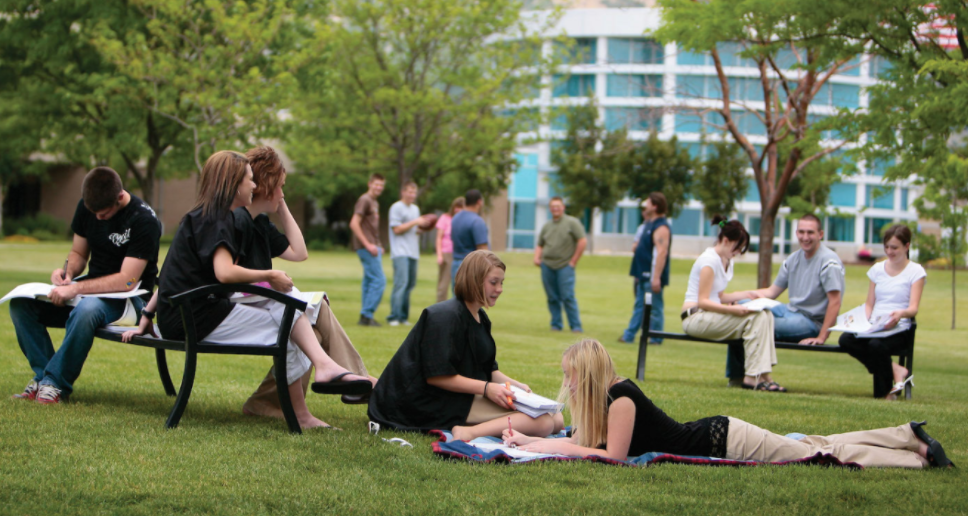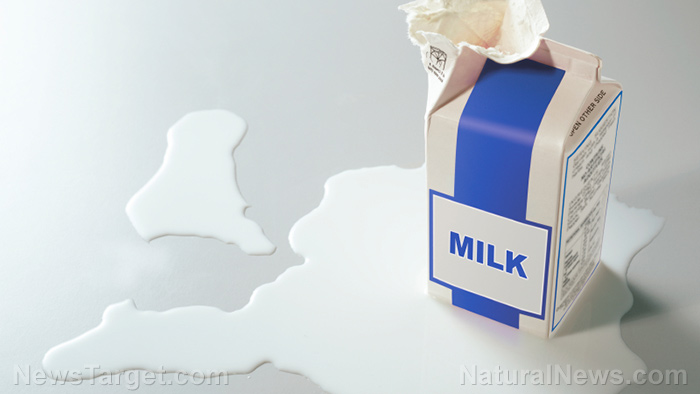
Strangely enough, the problem is not a shortage of milk but of the cardboard cartons used to package and serve it, reported dairy industry suppliers and state officials.
According to a statement from Pactiv Evergreen of Lake Forest, Illinois, which calls itself "the leading manufacturer of fresh food and beverage packaging in North America," the company is still dealing with "significantly higher than projected demand" for its milk cartons.
Matt Herrick, spokesperson for the International Dairy Foods Association, explained that the shortage is affecting the company’s ability to fully supply some school milk orders.
The U.S. Department of Agriculture (USDA) has acknowledged that the supply chain problem now affects several states. School officials in California, New York, Pennsylvania and Washington state said they are preparing for the shortage.
Solutions to milk issue being proposed at the local level
The USDA's Food and Nutrition Service previously required milk to be served with school meals. But in a memo issued in late October, districts were given leeway to serve different types or sizes of milk during the supply shortage. As a last resort, districts could even skip offering milk.
It remains to be seen how long the carton shortage could last. In Everett, Washington, school officials told parents to expect a disruption in cafeteria milk supply that could last for several months. (Related: Shortage of feedstock caused by severe drought leading to MILK shortage in France.)
Herrick said U.S. milk processors are cooperating with other package suppliers to address the carton shortage. He said that he expected the problem to improve within weeks and to be resolved by early next year.
As the shortage continues, school districts are now sending messages to their families and communities about how they are either currently managing or preparing to navigate serving milk without the half-pint cartons.
According to several districts, they expect the milk carton shortage to last until January 2024.
In West Virginia’s Preston County Schools, school nutrition officials are considering options aside from their usual milk supplier. Beth Doerr, the district’s child nutrition director, released a statement to advise the public that in some cases, "juice and water will need to be substituted."
For Walla Walla Public Schools in Washington, Pamela Milleson, the district’s nutrition services director, has prepared a multi-tiered contingency plan with other district departments in case the milk carton shortage reaches the district.
The 5,600-student district also released an FAQ page on its website and plans to inform parents should the shortage impact local school milk offerings. Milleson said Walla Walla schools usually serve 22,000 cartons of milk per week.
A July 2023 USDA report revealed that 97 percent of school food authorities surveyed between November 2022 and January 2023 experienced one or more supply chain-related issues, including increased costs and staff or product shortages.
Milleson said one of the important lessons that came out of the pandemic is that it taught schools "how to be flexible, stay calm and develop effective contingency plans" during emergency scenarios. However, the ongoing supply chain woes are negatively affecting staff and families.
Meanwhile, dairy suppliers are pointing at packaging manufacturer Pactiv Evergreen as the source of the milk carton supply issue. Milleson thinks the increase in states and districts serving universal school meals could also be a factor affecting the carton supply shortage.
Visit FoodSupply.news for more updates about food shortages affecting the country.
Watch this clip about the survival uses and health benefits of organic non-fat milk powder.
This video is from the Health Ranger Store channel on Brighteon.com.
More related stories:
Protect yourself against food shortage with these useful prepping practices.
Ransomware attack on Dole causes SHORTAGE of salad in groceries.
Global sugar shortage sends prices to decade high.
Sources include:
Please contact us for more information.






